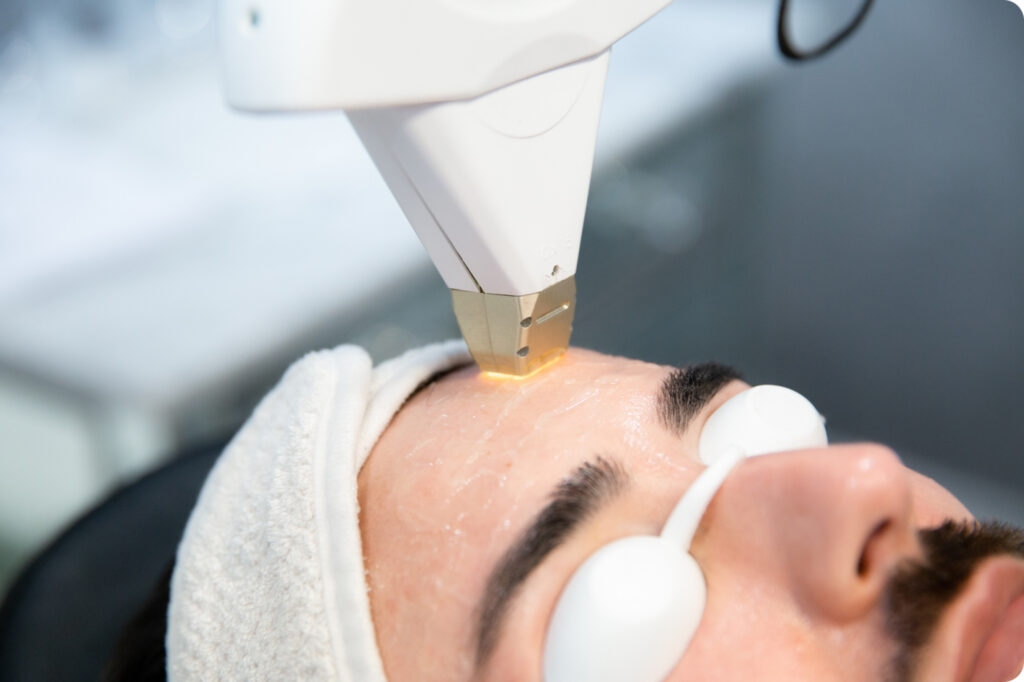
Ever thought how nice it might be to have a personal trainer? A motivational expert who reminds you to be active and keeps reminding you until you meet your exercise quota for the day. It seems that for many of us, increasing activity and improving our health after bariatric surgery may be as simple as clipping on a pedometer. A pedometer is a step-counting device that clips to your belt or slips into your pocket. According to some experts, a pedometer is like having a mini personal trainer and can give the motivational boost many of us need to stay on track with our exercise programs.
How pedometers help
When people clip on a pedometer, they tend to become more active than they were before they started counting steps. In some studies, physical activity in pedometer wearers increased about 27% each day. That added up to an extra mile or between twenty and thirty minutes extra exercise.
Even without changing diet, University of Michigan Health System researchers report pedometer users show modest weight loss along with reduced blood pressure which lowered their risk of heart disease and stroke. After bariatric surgery, increasing activity is part of your new lifestyle. A pedometer offers a simple way to become more active by helping you accumulate steps over the course of a day.
Choosing a pedometer
There are dozens of pedometer models available and prices range from a couple of dollars through to a couple of hundred. Don’t be put off by all the choices. If this is your first pedometer, there are many credible resources to help you make the right selection. Here are a couple of things to keep in mind:
- Really cheap or free pedometers are usually inaccurate. Some studies have shown these bargain pedometers miscount steps by as much as 50%
- If you don’t wear a belt, look for a model that is reliable when placed in a pocket or on your wrist.
- Make sure you can read the display easily
Cell phone pedometer/accelerometers don’t appear to be as accurate as dedicated pedometers - The newer wearable technologies with GPS tracking are extremely accurate but they are also expensive.
How to wear a pedometer
Even a good pedometer won’t be reliable if you don’t wear it properly. The product instructions will tell you exactly how it should be worn, but here’s an overview of how reasonably priced step-only pedometers are used:
- Clip the pedometer to your waistband directly in line with your knee. Too close to the middle or off to the side will affect accuracy
- It doesn’t matter if you wear it on the left or right side of your body
- Clip it to your belt, pants, skirt, or underwear and use a safety strap so you don’t lose it
- Make sure the pedometer sits straight
Pedometers don’t lie, do they?
Sadly, you can’t always assume your pedometer is telling the truth. You will want to check its accuracy periodically to make sure it is giving you the right information. Here’s how:
- Zero your pedometer and then walk 50 steps at your normal pace. Check your pedometer and if it reads between 48 and 50, it is accurate enough for most of us.
- Zero the pedometer and sit down at your desk or in front of the TV for a while. If it counts more than a couple of steps while you are relaxing, consider a more accurate model.
Tips and tricks for success
Wear it: A pedometer is like your bariatric surgery… it only works if you use it properly. Wear your pedometer all the time. The point is to count activity for the whole day not just while you exercise.
Record it: The most important part of using a pedometer is recording your steps every day. Research shows that keeping a log of your steps is critical for motivating you to become more active. After your weight loss surgery you should be tracking intake in a food log, so add an extra column and track your steps as well.
Set a Goal: People who count steps without a specific goal in mind are less successful than those with a goal. In fact, research showed that pedometer users who did not set goals failed to increase their activity levels. Just like you set a goal for your weight loss after bariatric surgery, set realistic goals for increasing your steps each week.
Prepare: Have a couple of emergency walks premapped and ready to go in case you are falling short of your daily goal. Visit https://www.mapmywalk.com/ and measure your favorite walking routes so you can use them to make up any shortfall. For most people, 2000 steps is about one mile.
Get stepping
For improving your health and improving weight loss after your weight loss surgery, most advice is to aim at 10,000 steps a day. When you first start wearing your pedometer, you’ll probably notice that an average day is about 2000 steps or less. Don’t be discouraged. Log your steps faithfully and then start setting goals that increase your daily steps in increments of 500 to 1000. Keep your goal realistic and when you are achieving it each day, increase it again.
Think of your pedometer as a personal trainer. When it nags you because you haven’t walked enough today, keep it happy and take a few more steps.

